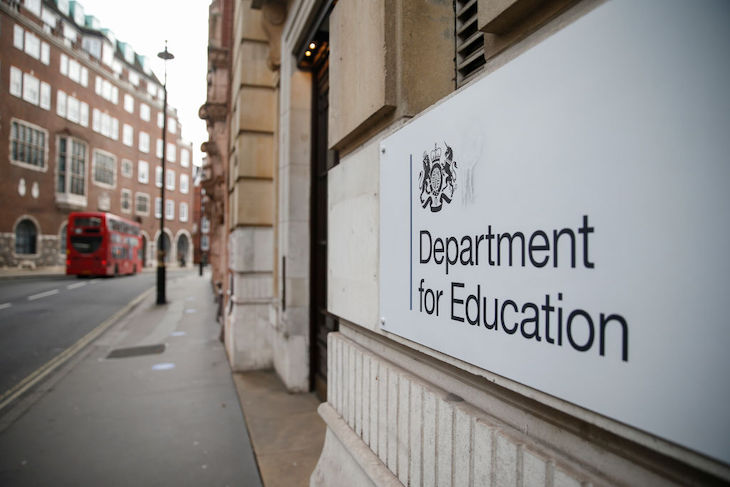Pupils are due to head back to school over the coming days, but now it seems that some of them might not. Yesterday, the government told schools to prepare evacuation plans for buildings made with RAAC concrete. This morning, schools were instructed to close these buildings altogether. This has caused immense disruption to at least 156 schools who now have to arrange alternative provision a mere couple of days, or in some cases, hours, before their students were due to crowd their corridors. To add insult to injury, schools will have to pay for these new measures themselves, and some parents have already been warned that disruption may last until 2025.
The government may protest that this is a proactive and precautionary measure, but really this is a cautionary tale of what happens when you continuously kick the can down the road. Concerns about the durability of RAAC were first flagged by an engineer in 1995; then a report in 2007 also noted that RAAC could structurally degrade. In 2017, an investigation was launched after a school roof collapsed, which happened again in 2018. In 2019, the standing committee on structural safety highlighted the significant risk of failure in RAAC planks. In 2022, the Office of Government Property sent a safety briefing notice saying that ‘RAAC is now life-expired and liable to collapse.’ The Civil Service also warned the government in May 2022 that some school buildings were a ‘threat to life’, while a watchdog found that over 700,000 pupils were being taught in unsafe buildings that needed major repairs.
For over a decade, the government has failed to invest in infrastructure
Yet the Department for Education waited until the end of the summer holidays to act on this information, mere days after announcing tougher attendance rules in schools. Why was this not initiated at the start of summer, or, better yet, during the pandemic, when pupils were already out of school buildings for an extended period of time? After years of disruption due to lockdowns, strikes and soaring absence rates, children’s learning has once again been sacrificed due to government failings and short-sightedness.
This complete lack of urgency is a classic example of political short-termism. When the Tories came to power in 2010, Michael Gove scrapped the Building Schools for the Future project – a decision which he says he later regretted – calling it ‘bureaucratic and wasteful’. Since then chronic underfunding in schools has led to a real-terms cut of 50 per cent to their capital spending, and now the public sector is, quite literally, crumbling: RAAC is also found in police stations, prisons and, most worryingly, hospitals. Ministers admitted last year that over 30 NHS buildings could ‘collapse without warning’, while one hospital trust alone has applied for £110 million in remediation costs up until 2025. The RAAC scandal has therefore become a perfect metaphor for a Britain that is not so much broken but slowly disintegrating.
For over a decade, the government has failed to invest in infrastructure because it has prioritised cost-cutting over capacity building and putting the present before the future. Last year a video of Nick Clegg in 2010 recirculated in which he argued against the use of nuclear power because it may have taken until 2021 or 2022 to build new capacity. Of course, Nick Clegg could not have foreseen the war in Ukraine, but it is yet another example of how failure to invest in just about anything – hospital beds, housing stock, reservoirs, school buildings – has exacerbated so many of the crises we face today.
Our investment is lower than any other country in the G7, and so the government continuously focuses on what it can announce rather than what it can deliver. Ministers promise short-term energy bill subsidies, but no long-term plans for energy independence, whether through fracking or clean energy investment. The government gives the green light for short-term high street renovation funds, but no long-term development for the Oxford-Cambridge Arc, a science and business hub which would do far more for our sluggish growth rates. Where is the third runway at Heathrow, the installation of 600,000 heat pumps, the tenfold expansion of electric vehicle charging points? Instead we have water firms pumping our rivers and seas with sewage, railway tracks that can’t cope with hot weather, and school roofs that are described as a ‘concrete ticking time bomb.’
Former MP Francis Maude famously quipped that the Tory party has two settings: complacency and panic. Both are well and truly on display with the schools closure crisis, and until our government fixes its political myopia, it is once again young people who will be forced to pay the price.






Comments